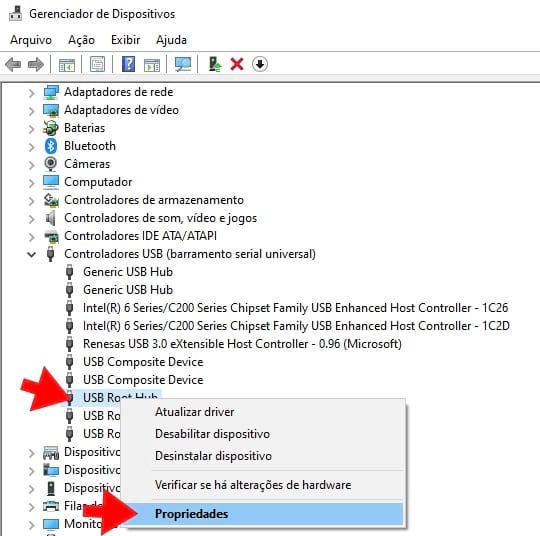


Now click Change advanced power settings.Įxpand USB selective suspend settings and Disable both On battery and Plugged in settings. Right-click on the battery icon and click Power Options. The USB drivers are automatically re-install and solve the corrupted USB devices. Now right click on USB drivers and click Uninstall. Now find and expand Universal Serial Bus controllers. Open Device Manager (Right Click on Windows Logo and Click Device Manager). Reconnect the USB device that was having problems and test it to see if it works. If the USB device that is having problems came with software and it was not previously installed, install the software now, following the manufacturer instructions. Right-click the first USB Root Hub in the list, then select Uninstall.Ĭontinue uninstalling all USB Root Hubs listed.Ĭlose Device Manager and restart the computer. In Windows, search for and open Device Manager.ĭouble-click Universal Serial Bus Controllers to expand the list. This includes hubs, thumb drives, printers, and cameras. Turn off the Allow the computer to turn off this device to save power option, and click OK button.ĭisconnect all USB devices connected to the computer except a USB mouse and keyboard (if in use).

(if there’s more than one USB Root Hub device, repeat these steps for each one.)Ĥ. Double-click the “USB Root Hub” device, and click the Power Management tab. Expand category “Universal Serial Bus controllers”.ģ. Try updating the BIOS on your PC and check if it helps.Ģ. Please provide the product number of your PC to assist you better. Have you tried checking with different USB devices? I understand that USB ports on your PC are not functioning correctly.ĭid you make any software or hardware changes on your PC? Business PCs, Workstations and Point of Sale Systems.Printer Wireless, Networking & Internet.DesignJet, Large Format Printers & Digital Press.Printing Errors or Lights & Stuck Print Jobs.Notebook Hardware and Upgrade Questions.


 0 kommentar(er)
0 kommentar(er)
